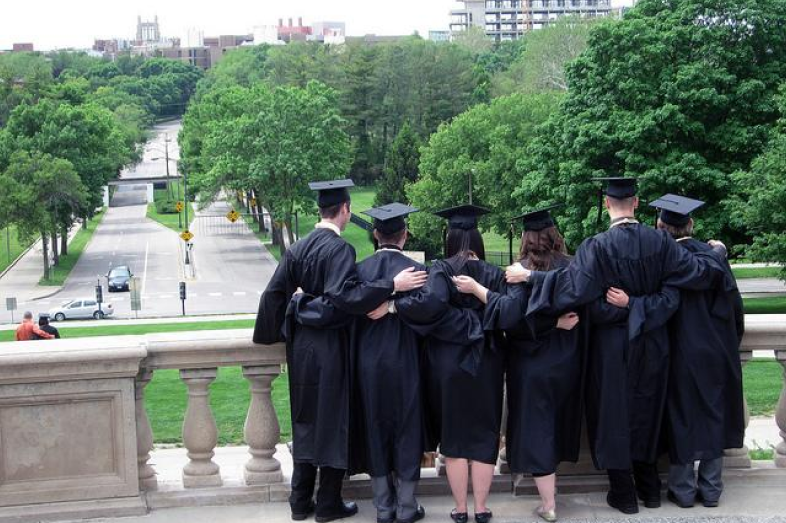

The more selective the institution, the higher the graduation rate for Latino students, a new study by Excelencia in Education shows.
At selective colleges and universities — those that admit less than half of applicants — 68 percent of Latino students graduate and are more likely to do so on time. At other four-year institutions and two-year colleges, the Latino graduation rates are 47 and 17 percent, respectively.
Excelencia’s research found that highly selective schools are better equipped to meet the needs of Latino students than other four-year schools and community colleges, though the latter enroll the vast majority of college-going Latinos.
What are they doing differently? Excelencia’s analysis shows that selective institutions “invest significantly in the instructional, academic support, and student services of their students and have institutional practices intentionally serving Latino students,” Chief Operating Officer and Vice President for Policy Deborah Santiago said in a news release.
The highly selective University of California, Berkeley and Santa Barbara campuses, the University of La Verne and Stanford University, for example, had institutional support for Latino students across disciplines and through ethnic studies centers rather than in one centralized location. Financial aid, research opportunities and alumni networks also contributed to Latino student success, according to the report. (The University of La Verne and UC, Santa Barbara are Hispanic-serving institutions, a distinction given to colleges and universities with a full-time Latino student population of at least 25 percent, making them eligible for federal funds to support these students.)
In general, campuses that are more selective also have more financial resources to support students. These schools spend an average of $36,600 per full-time student, compared to $28,500 at other four-year institutions, and $13,300 at two-year colleges.
But selective institutions only educate 12 percent of the college-going Latino population. Previous Excelencia research has found that Latino students are mostly likely to enroll in community college, and half of Hispanic-serving institutions are community colleges.
A 2015 National Bureau of Economic Research study found that often, even Latino students who are academically talented don’t apply to elite institutions, preferring to attend less selective schools that are closer to home and/ or enroll large numbers of Latino students.
Still, Latino enrollment at the most selective institutions – about 10 percent of all institutions of higher education — is growing. The Excelencia report found that “while institutional capacity to enroll more students has not grown and admittance has gotten more competitive, Latinos’ representation is still increasing.”
It’s clear “selectivity matters, investment and expense matters,” Santiago said at a briefing on Capitol Hill Monday. “But we’re pushing to say, ‘What more matters?’ It can’t just be that. Do we just give, from a public policy level, you know, quadruple the money to two-year institutions, and we’re going to see this kind of grad rate? I think those of us that work in the space know that it’s not as simple as saying it’s just that.”
More in-depth conversations are needed, she said, to figure out how the methods selective schools are using to educate Latino students can be translated to other institutions of higher education.